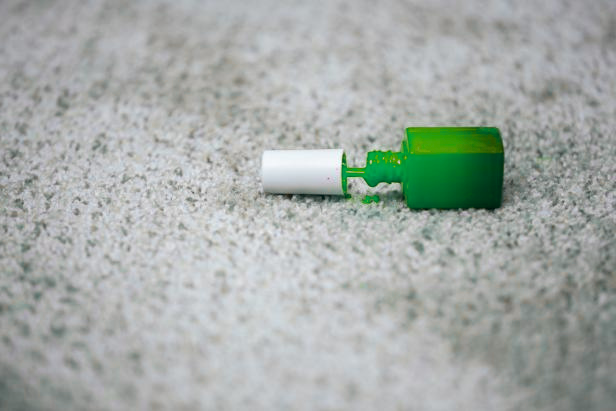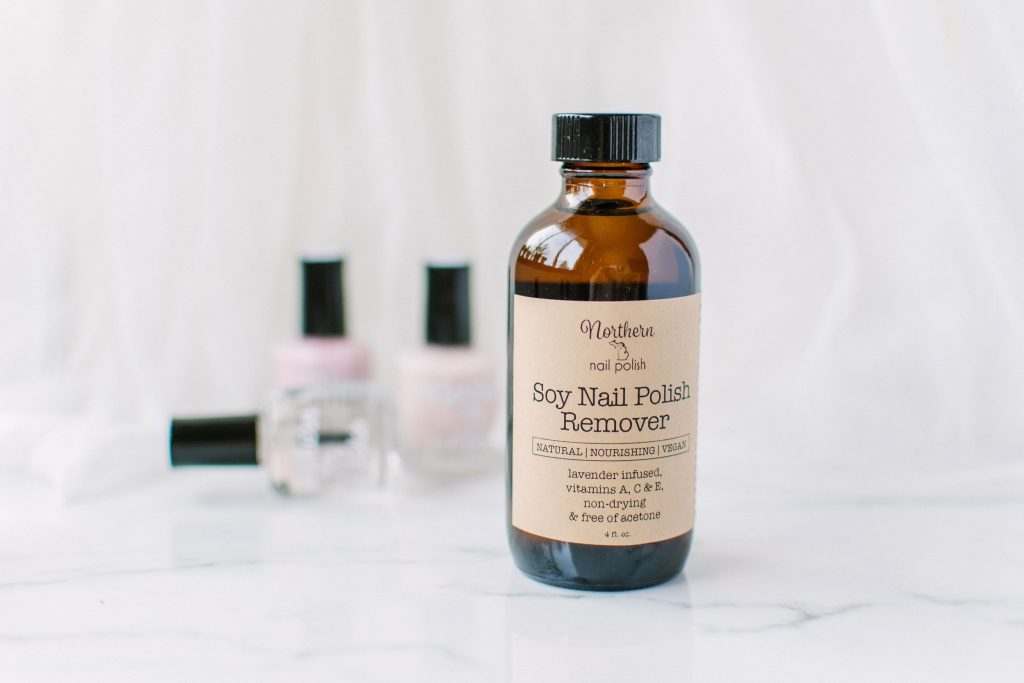When it’s time to move out of a rental, the condition of your carpet can make or break your chances of getting your security deposit back. Stains, burns, or tears on the carpet are some of the most common reasons landlords withhold deposits. Luckily, with proper repair, you can restore your flooring, impress your landlord, and secure your hard-earned money.
In this article, we’ll cover why carpet damage matters, the benefits of repairing it, and how to ensure your apartment is move-out ready.
Why Carpet Damage Impacts Your Deposit
Most leases include a clause about maintaining the property’s condition. While normal wear and tear is expected, significant damage to carpets—like stains, burns, or tears—can be considered tenant negligence. Landlords may deduct the cost of replacement or repairs from your deposit. To avoid this, addressing carpet issues before moving out is essential.
Common Carpet Issues and How to Fix Them
1. Stains and Spills
From red wine to pet accidents, stains are a common culprit for damaged carpets. To fix them:
- Blot the stain immediately with a clean cloth.
- Use a carpet-safe stain remover to lift tough marks.
- For stubborn stains, consider professional cleaning services.
2. Burns
Burns from cigarettes, candles, or irons can leave noticeable marks. repair techniques like patching or fiber replacement can effectively fix these issues.
3. Tears and Loose Seams
Small tears or frayed seams can worsen over time. Repairing these issues with adhesive, seam tape, or stitching can make your carpet look as good as new.
4. Ripples and Wrinkles
Carpet stretching is a common solution for ripples. Professionals use specialized tools to tighten the carpet and remove tripping hazards.
The Benefits of Carpet Repair Before Moving Out
- Save Money on Replacement Costs Replacing a carpet is expensive and often unnecessary for minor damage. Repairs are cost-effective and can restore your carpet’s appearance.
- Leave a Good Impression A well-maintained apartment shows respect for the property and increases the likelihood of a full deposit refund.
- Avoid Disputes with Landlords Handling repairs in advance prevents disagreements about the condition of the carpet during the move-out inspection.
- Eco-Friendly Option Repairing your carpet reduces waste by extending its life instead of discarding it prematurely.
DIY Carpet Repair vs. Professional Services
While small issues like minor stains can be handled with DIY methods, larger problems often require professional expertise. Professional repair services ensure:
- Seamless patching and blending
- Effective solutions for complex issues
- High-quality results that satisfy landlords
Contact Us for Expert Repair Services
Don’t let carpet damage jeopardize your deposit! Our team specializes in affordable and effective End of Lease Carpet Repair Services in Brisbane to ensure your rental is move-out ready. From fixing burns and tears to removing stubborn stains, we’ve got you covered.
Contact us today to schedule a consultation and take the stress out of moving!
Final Thoughts
Your security deposit is a valuable asset, and protecting it should be a priority when moving out. By addressing carpet issues with professional or DIY repairs, you can save money, leave a positive impression, and avoid disputes with your landlord. With these tips and tricks, you’ll be one step closer to a stress-free move and a full deposit refund. Don’t wait—start your repair process today!
Frequently Asked Questions (FAQs)
Absolutely! The cost of repairs is often far less than the amount deducted for carpet replacement.
Most damage, including stains, burns, and tears, can be fixed. However, if the carpet is extremely old or heavily damaged, replacement may be the only option.
Small repairs can take an hour or less, while more extensive repairs might require a few hours. Professional services ensure timely and efficient results.
Yes, a deep cleaning can remove dirt and odors, improving your carpet’s overall appearance. Some landlords may even require professional cleaning before the move-out.
Search for reputable companies in your area with good reviews. Look for services that specialize in rental property repairs.
Published on: January 29, 2025




